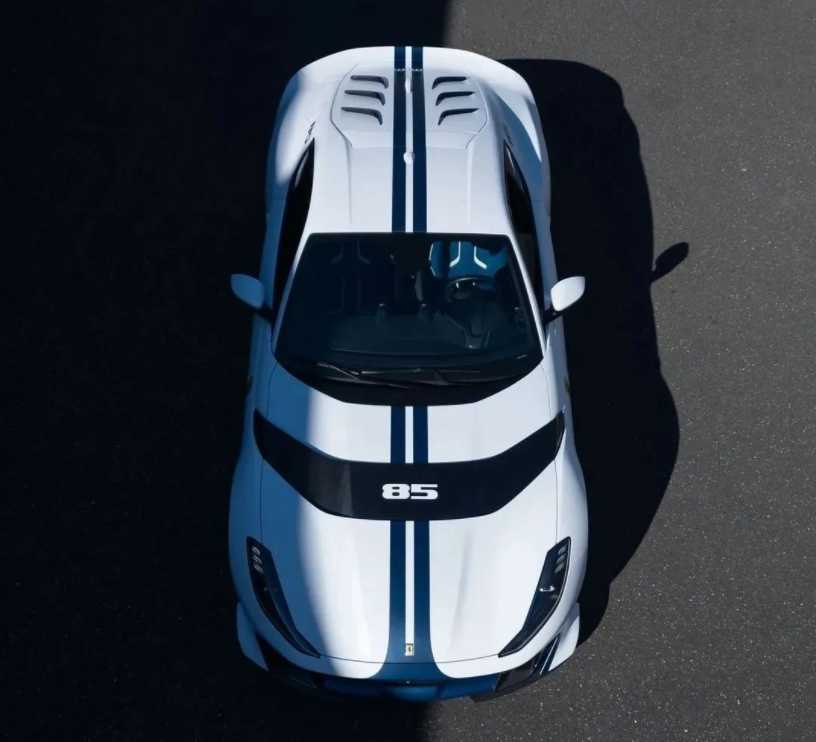Search for information
Lamborghini Veneno: The 2013 50th Anniversary Masterpiece That Blurs Lines Between Car and Fighter JetCrafted to celebrate Lamborghini’s 50th anniversary in 2013, the Veneno isn’t just a supercar—it’s a rolling work of art limited to a mere 12 units, each embodying the brand’s audacious spirit and aeronautical design philosophy. More akin to a street-legal fighter jet than a conventional road car, the Veneno redefined automotive extremism with its brutal performance and avant-garde aesthetics.
June 13, 2025, 2:06 pm EDT


Candlelight gilds collarbone valleys, silk drapery encrypts rococo mysteries. Renaissance brushstrokes reawaken in 4K clarity upon living marble.more

Ferrari 812 Competizione: A Symphony of Power and Precision
The Ferrari 812 Competizione represents the pinnacle of automotive engineering, embodying the Italian marque’s relentless pursuit of perfection. As a track - focused masterpiece, it pushes the boundaries of performance, combining a ferocious powertrain with cutting - edge aerodynamics. This limited - edition supercar is a testament to Ferrari’s ability to blend raw power with unparalleled elegance.more

The Mesmerizing and Graceful Drooping Lily: A Floral Delight
In the diverse world of flora, the Drooping Lily, also known as Hibiscus schizopetalus, stands out as a captivating and exotic plant that has charmed gardeners and nature enthusiasts alike.more

Cristin Milioti and Chiwetel Ejiofor in Talks for "The Backrooms"
In exciting movie news, Cristin Milioti and Chiwetel Ejiofor are in discussions to star in the upcoming live - action film "The Backrooms", as reported by Deadline. The potential casting of these two talented actors has already generated significant buzz among horror enthusiasts and fans of their work.more

The Alluring Blue - Eyed Daisy: A Floral Gem from Africa
In the world of horticulture, the Blue - Eyed Daisy, scientifically known as Osteospermum, has emerged as a captivating and popular flower. Native to Africa, this member of the Asteraceae family has won the hearts of gardeners and nature enthusiasts around the globe with its unique appearance and adaptability.more

The Enchanting Audubon's Warbler: A Western North American Wonder
The Audubon's Warbler (Setophaga auduboni) is a captivating small bird that has long intrigued birdwatchers across Western North America. Once considered a distinct species, it's now classified as a subspecies of the Yellow - Rumped Warbler due to hybridization findings.more

Enigmatic Holy Ghost Orchid: A Symbol of Purity and Rarity
The Holy Ghost Orchid, scientifically named Peristeria elata, is a botanical wonder that has long fascinated the world. Native to the tropical regions of Central and South America, including Panama, Costa Rica, Colombia, and Ecuador, this orchid holds a special place in both nature and culture.more

"Daredevil: Born Again" Season 2 Set to Premiere in March 2026
"Daredevil: Born Again" Season 2 Set to Premiere in March 2026more

